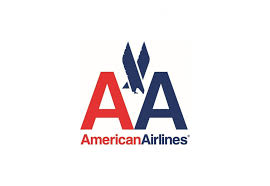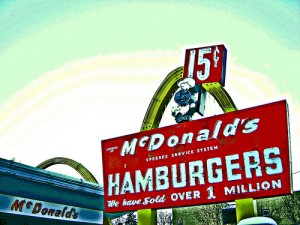
Tesla Motors is an electric car company based in California. Tesla is most known for its electric sports cars, which are high performance and industry leaders in miles per charge. While Tesla’s sports cars have been successful, the company wants to expand to the SUV/sports crossover market. The Model X is Tesla’s attempt to enter said markets. The Model X is fully electric crossover (between and sedan and a SUV) with a four-wheel drive system. The Model X would allow drivers to use their electric cars in the winter unlike Tesla’s sports cars. (Berman)
Whether or not this is a good idea for Tesla is somewhat irrelevant at this point. Tesla initially revealed its plans for production of the Model X in February 2012, claiming production would take place close to a year later. However, it is now 2013, and production of the Model X is still yet to begin. It is now said that the Model X will officially begin production in 2014. Naturally, many consumers are skeptical as to why production of the Model X is delayed. (Berman) Shanna Hendricks, a spokeswoman for Tesla said:
“I almost have trouble calling this a delay in Model X, because that makes it sound like we’ve run into problems with Model X, and it’s taking longer than we thought, and it’s out of our control,” She then wrote wrote. “When, really, we’re consciously pushing back timing to allow ourselves to focus on its production and product enhancements in Model S (one of Tesla’s sports cars).” (Berman)
While Hendricks claims that production has purposefully taken longer than expected, many are skeptical because Telsa had delays when releasing both of its sports cars as well. Normally this wouldn’t be a huge deal, but Tesla requires a $5,000 initial deposit for the very basic Model X and a $40,000 deposit for the signature Model x (not including down payment). (Berman)
With this kind of money at stake, is it a good idea for Tesla to delay production on purpose?
Works Cited
Berman, Bradely. Tesla Model X Production Won’t Start Until Late 2014. 12 March 2013. 20 May 2013 <http://wheels.blogs.nytimes.com/2013/03/12/tesla-model-x-production-wont-start-until-late-2014/>.








